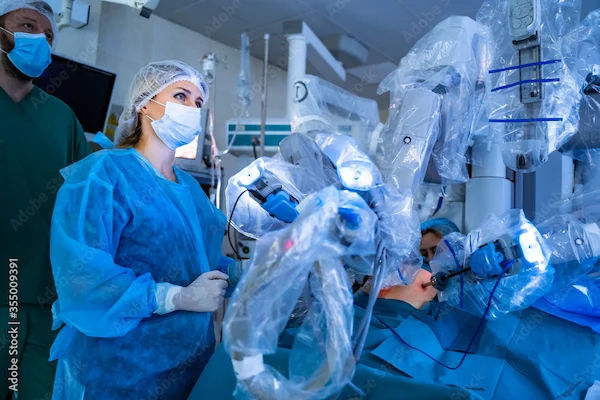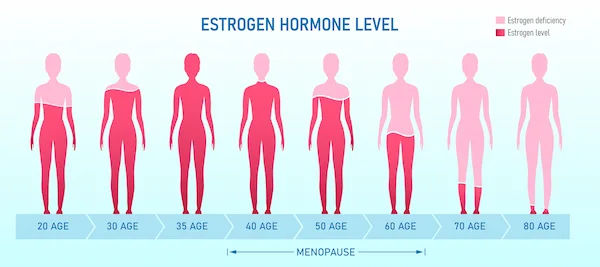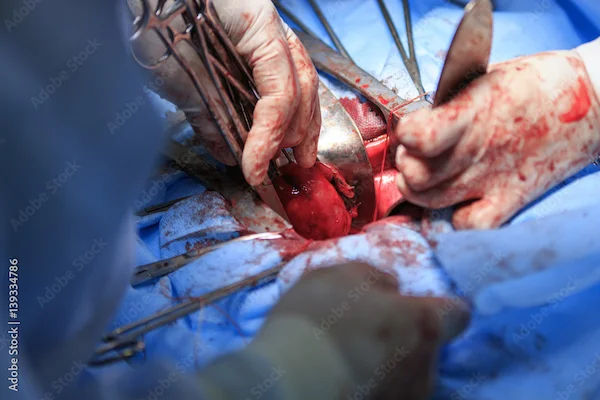Best Sitting Position After Hysterectomy
Discover the best sitting position after hysterectomy to ensure comfort, reduce strain, and support faster healing. Learn expert tips for safe posture and smooth recovery.

Written by Dr.Sonia Bhatt
Last updated on 3rd Jul, 2025
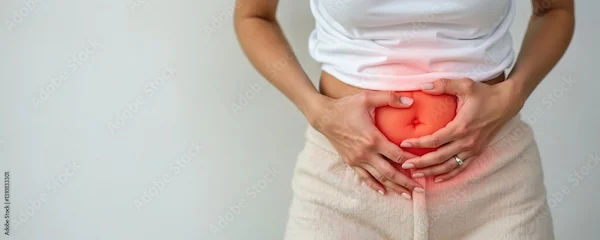
Introduction
Recovering from a hysterectomy can be challenging, but adopting the right sitting position can make a significant difference in your comfort and healing. Whether you’ve had an abdominal, vaginal, or laparoscopic hysterectomy, proper posture helps reduce strain on your incision sites, prevents back pain, and promotes faster recovery. In this article, we’ll discuss why sitting correctly matters after a hysterectomy, the best sitting positions for comfort and healing, positions to avoid, helpful tips for easing discomfort and when to consult a doctor.
Why Is Sitting Position Important After Hysterectomy?
After a hysterectomy, your abdominal muscles and pelvic tissues need time to heal. Sitting improperly can:
Increase pressure on surgical wounds
Cause lower back pain
Lead to poor blood circulation
Contribute to swelling or discomfort
By maintaining a supportive posture, you can:
Reduce strain on healing tissues
Improve breathing and digestion
Prevent stiffness and muscle aches
Best Sitting Positions After Hysterectomy
Best sitting positions after hysterectomy are:
1. Supported Upright Sitting (Best for Early Recovery)
Sit in a firm chair with a straight back.
Keep your feet flat on the floor, knees at a 90-degree angle.
Use a small pillow or rolled towel behind your lower back for extra support.
Avoid slouching or leaning forward.
Why it helps: This position keeps your spine aligned and reduces pressure on your abdomen.
2. Reclined Sitting (For Extra Comfort)
Use a recliner or prop pillows behind your back to slightly recline (about 30-45 degrees).
Keep your knees slightly bent with a pillow under them.
Avoid lying completely flat, as getting up may strain your incision.
Why it helps: Takes pressure off your abdomen while keeping you comfortable.
3. Sitting with Legs Elevated (Reduces Swelling)
Sit on a sofa or bed with your legs stretched out and supported by pillows.
Keep your back slightly reclined with cushion support.
Why it helps: Helps reduce swelling in the legs and improves blood flow.
4. Using a Donut Cushion (For Vaginal Hysterectomy Patients)
If you’ve had a vaginal hysterectomy, sitting on a soft donut cushion can ease pressure on sensitive tissues.
Avoid hard surfaces for the first few weeks.
Why it helps: Prevents discomfort around the pelvic area.
Consult Top Specialists for Personalised Tips
Positions to Avoid After Hysterectomy
To prevent complications, avoid:
Slouching or hunching forward: Strains the abdomen and back.
Crossing your legs: Can restrict blood flow and increase swelling.
Sitting for too long without breaks: Move every 30 minutes to prevent stiffness.
Sitting on low or soft couches: Makes it harder to stand up without straining.
Helpful Tips for Sitting Comfortably
Some of the helpful tips for sitting comfortably are:
1. Use Supportive Pillows: Place them behind your back, under your knees, or on your lap for extra comfort.
2. Take Frequent Breaks: Stand up and walk gently every 30 minutes to improve circulation.
3. Wear Comfortable Clothing: Loose, breathable fabrics reduce pressure on your abdomen.
4. Avoid Heavy Lifting & Bending: Straining can slow down healing.
5. Stay Hydrated & Eat Fiber-Rich Foods: Helps prevent constipation, which can worsen discomfort.
When to Consult a Doctor?
While mild discomfort is normal, contact your doctor if you experience:
Severe or increasing pain when sitting
Excessive swelling or redness around incisions
Difficulty moving or standing up
Signs of infection (fever, unusual discharge)
If you need personalised advice, you can consult a specialist on Apollo 24|7 for expert guidance on post-hysterectomy care.
Conclusion
Recovering from a hysterectomy takes time, but choosing the right sitting position can make your healing process smoother. Listen to your body, take it slow, and follow these tips to stay comfortable. If you have concerns about your recovery, don’t hesitate to reach out to a healthcare professional.
Consult Top Obstetrics and Gynaecology Surgeon
Consult Top Specialists for Personalised Tips

Dr. Alapati Jyotsna
Obstetrician and Gynaecologist
4 Years • MBBS MS Obstetrics and Gynaecology
Visakhapatnam
Apollo 24|7 Clinic - Andhra Pradesh, Visakhapatnam

Dr. Shailaja L
Obstetrician and Gynaecologist
16 Years • MBBS, MS
Bangalore
Apollo 24|7 Clinic - Karnataka, Bangalore

Dr. Veena H
Obstetrician and Gynaecologist
16 Years • MBBS DGO
Bangalore
Apollo 24|7 Clinic - Karnataka, Bangalore
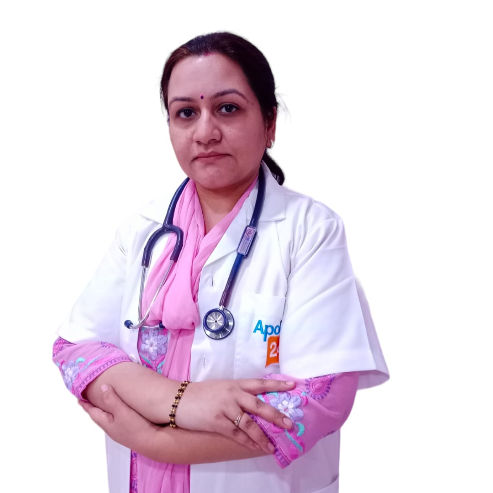
Dr. Aaditi Acharya
Obstetrician and Gynaecologist
12 Years • MBBS, DGO
New Delhi
WELLNESS CLINIC, New Delhi
(25+ Patients)
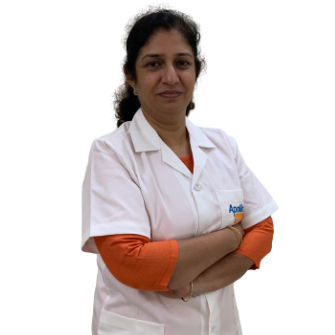
Dr. Ritika Khurana
Obstetrician and Gynaecologist
16 Years • MBBS, DGO(GYNAECOLOGY AND OBSTETRICS)
Pune
Dr Rupali and Dr Ritika, Pune
Consult Top Obstetrics and Gynaecology Surgeon

Dr. Alapati Jyotsna
Obstetrician and Gynaecologist
4 Years • MBBS MS Obstetrics and Gynaecology
Visakhapatnam
Apollo 24|7 Clinic - Andhra Pradesh, Visakhapatnam

Dr. Shailaja L
Obstetrician and Gynaecologist
16 Years • MBBS, MS
Bangalore
Apollo 24|7 Clinic - Karnataka, Bangalore

Dr. Veena H
Obstetrician and Gynaecologist
16 Years • MBBS DGO
Bangalore
Apollo 24|7 Clinic - Karnataka, Bangalore

Dr. Aaditi Acharya
Obstetrician and Gynaecologist
12 Years • MBBS, DGO
New Delhi
WELLNESS CLINIC, New Delhi
(25+ Patients)

Dr. Ritika Khurana
Obstetrician and Gynaecologist
16 Years • MBBS, DGO(GYNAECOLOGY AND OBSTETRICS)
Pune
Dr Rupali and Dr Ritika, Pune
